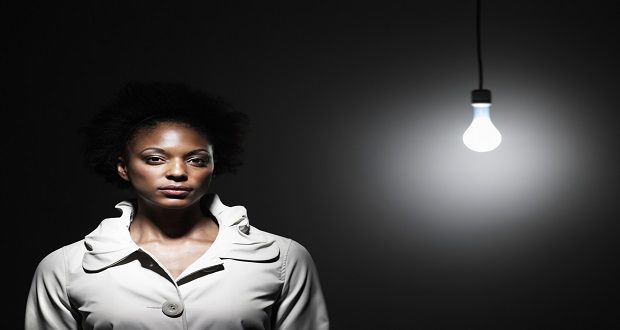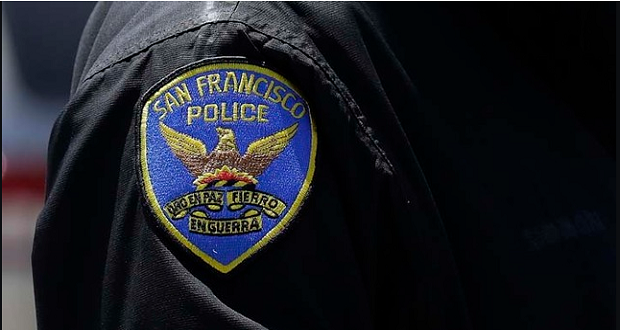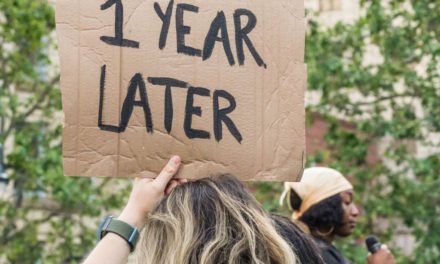The controversy over Rachel Dolezal’s apparent false claim that she is black, prompted me to start this series on identity. Dolezal told the media that as a child she used brown crayons when she drew pictures of herself (her parents say that this is absolutely not true), suggesting that she always thought of herself as black even though both of her parents are white. Notwithstanding that the issue in the Dolezal case seems to be that the public feels that she was deceptive. The question that I would like to raise is this: can someone who is white actually feel that she is black, culturally? She was married to a black man and has two sons who identify as African American. Did Dolezal’s life experiences and her value and belief system lead her to racially identify as black or was there some other more sinister motivation? Regardless, it opens up the opportunity for us to discuss identity.
The term “Oreo” is used to describe people who are black on the outside but white on the inside and “banana” commonly refers to an Asian who is “yellow” on the outside but white on the inside. These terms can be hurtful to those who are so labeled, most often by others of their same race/ethnicity. The message is you are not black or Asian enough or you act like a white person with the subtle or not so subtle message that you are a “sell out”. The assumption here is that there are some recognizable behaviors and perhaps beliefs that align with certain cultures. For example black Republicans are often labeled as “Oreo’s” because of the more conservative ideology that is perceived to disadvantage blacks.
There is a great deal of research on identity formation which I will explore in more depth in subsequent posts. In general, social scientists believe that identity is connected to one’s self concept as it is related to being a member of a particular group as well as the how other’s perceive one’s membership as a part of that group. In other words, how do I feel about my group and how do I think other’s feel about my group?
William Cross has done seminal work in black identity formation. In his model there are five stages.
- Preencounter: At this stage blacks internalize many of the beliefs and values of the dominant white culture, including the notion that “white is right” and “black is wrong.” While the internalization of negative black stereotypes may be unconscious the individual seeks to assimilate and be accepted by whites, and actively or passively distances him/herself from other blacks.
- Encounter: This phase is typically precipitated by some event that forces the individual to acknowledge the impact of race in one’s life. In this stage the individual is forced to focus on his or her identity as a member of a group that is often treated differently.
- Immersion/Emersion: This stage is characterized by the simultaneous desire to surround oneself with visible symbols of one’s racial identity and an active avoidance of symbols of whiteness.
- Internalization: While still maintaining his or her connections with blacks, the internalized individual is willing to establish meaningful relationships with whites who acknowledge and are respectful of his or her self-definition. The individual is also ready to build coalitions with members of other historically underrepresented and disadvantaged groups.
- Internalization-Commitment: The process of internalization at this stage allows the individual, anchored in a positive sense of racial identity, both to perceive and transcend race in a proactive way.
Given this well researched process of the stages of black identity, is it possible that Rachel Dolezal could have experienced these stages as a white woman? Could her identification is being black be so strong that she has gone through immersion and internalization?



















